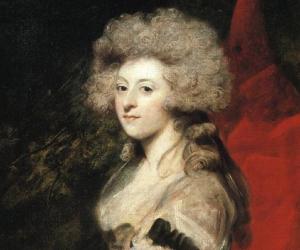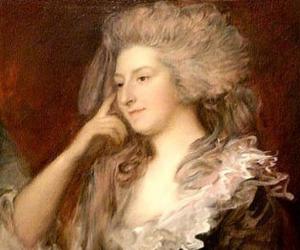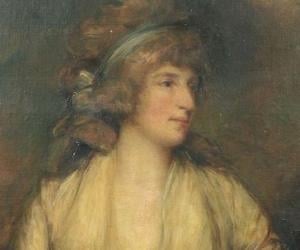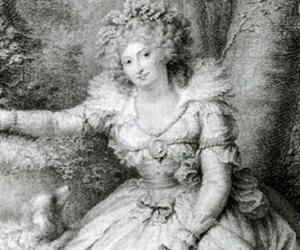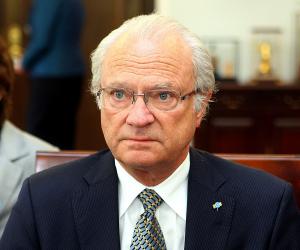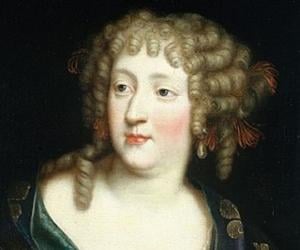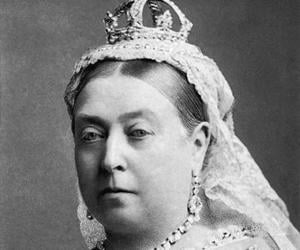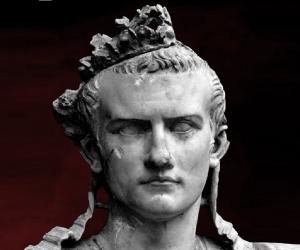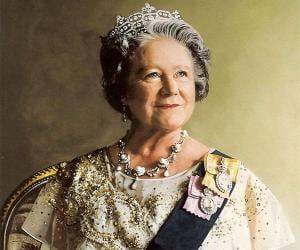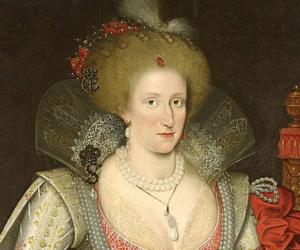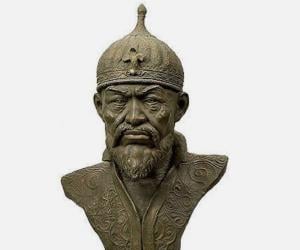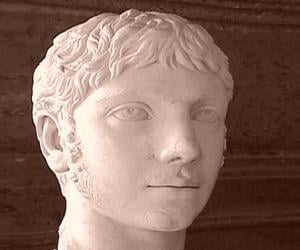Marriages & Widowhood
Fitzherbert was initially married to Edward Weld, a rich Catholic landowner who owned the ‘Lulworth Castle.’ Weld who was 16 years elder to her. They got married in July 1775. Weld died just 3 months later, because of an injury from a fall from his horse.
Since it was an untimely death, Weld could not sign any will. Therefore, his younger brother, Thomas, father of Cardinal Weld, legally inherited the estate.
Fitzherbert was hence left with no money to support herself. Even Weld's family refused to provide any financial support. She was hence obliged to remarry.
Three years later, she married Thomas Fitzherbert of Swynnerton, Staffordshire, who was 10 years older than her. The two had a son, who died young. Fitzherbert was widowed again on May 7, 1781. However, this time, her deceased husband had left her an annuity of £1,000 and a house in Park Street, Mayfair.
The Secret Marriage
Fitzherbert became a part of London's high society. In 1784, she met young George, Prince of Wales, her admirer, who was 6 years younger than her. George was heavily infatuated with her and managed to convince her to marry him.
They got married secretly on December 15, 1785, at Fitzherbert's house in Park Street, London. Her uncle, Henry Errington, and her brother, Jack Smythe, witnessed the wedding. Since the marriage was unconstitutional on several grounds, George promised one of the prince's Chaplains in Ordinary, the Reverend Robert Burt, that he would clear his debts and release him from the ‘Fleet Prison’ in exchange for officiating the wedding, and he did so.
The English law rejected the marriage because, according to the 'Royal Marriages Act 1772,' it did not have the prior consent of King George III and the ‘Privy Council.’ Had the approval been received, the wedding would have still been invalid, as Fitzherbert was Roman Catholic.
Additionally, had the marriage been declared legal, George would have lost his claim over the British throne according to the 'Bill of Rights' and the 'Act of Settlement 1701.' His brother, Frederick, Duke of York and Albany, hence replaced him as the heir-apparent.In 1787, while there were debates over sums to be granted to nullify the prince’s debts, (he was quite notorious for being extravagant), Charles James Fox declared that the rumor of the marriage was baseless.
On June 23, 1794, George parted ways with Fitzherbert, and she was informed about the decision through a letter. One of the reasons for the break-up was his numerous relationships. He also gave his consent to marry his first cousin, Duchess Caroline of Brunswick, to clear the king's enormous debt of £600,000. He got married to Caroline on April 8, 1795.
Continue Reading Below
However, sometime later, Pope Pius VII pronounced Fitzherbert George's wife and granted her the permission to take him back. Her nephew-in-law from her first marriage, Cardinal Weld, had persuaded the pope to declare the marriage valid.
They reconciled again and began living together. She mentioned this period as the happiest phase of her life.
Caroline's daughter from George, Princess Charlotte of Wales, was born on January 10, 1796. Three days later, he signed his last will, in which he signed off his "worldly property" to Fitzherbert, whom he mentioned as the "wife of my heart and soul."
However, the will did not result in their reunion. George had separated from Caroline by the summer of 1798. He had also broken up with his mistress, Frances Villiers, Countess of Jersey.
After George began his reign as King George IV, he somehow developed a hatred for Fitzherbert. He would even snap at his associates, whenever they would mention her. He, too, uttered her name with sheer "disgust and horror."
He claimed his marriage to Fitzherbert as “artificial." They finally broke up in 1808, due to his hatred toward her.
Since Fitzherbert had all the documents, she used those to threaten George and demanded annuity payments after their final break-up.
However, George might have had a change of heart while he was on his death bed in June 1830. He was seriously ill and seized Fitzherbert's "get well soon" letter after reading it. He did not reply to her, which gave her the impression that he was ignorant.
Fitzherbert, who had no idea about George's illness, was hurt at not receiving the reply of her final letter.
Continue Reading Below
George died on June 26, 1830 and, according to his last wish, he was buried with Fitzherbert's eye miniature around his neck.
Possible Children
Historians suggest that Fitzherbert might have had one or two children from George.
Her first biography (1856) by Charles Langdale is based on the memoirs she had dictated to her relative, Lord Stourton. The memoirs mention that Fitzherbert refused to sign a document that stated that her marriage to George was "without issue."
Also, George's uncle, the Duke of Gloucester, and his friends believed her to be pregnant when she lived in Brighton.
Some of who claimed to be her children could have been later adopted by a Scottish family. In 1937, J. G. Wyatt, a former Erith man, claimed possession to a portion of her estate.
Another possible child was James Ord (born in 1786), who later became a Jesuit priest. It is suggested by some that George and Fitzherbert might have had more than a dozen children out of wedlock.
Another biographer of hers, William H. Wilkins, was granted the permission to access her 'Coutts Bank' vault in 1906. The biography was released later that year
Someone named Rebecca Fitzherbert Harris from Kenvil, New Jersey, claimed to be George and Fitzherbert’s great-granddaughter through a son named Thomas Edward.
